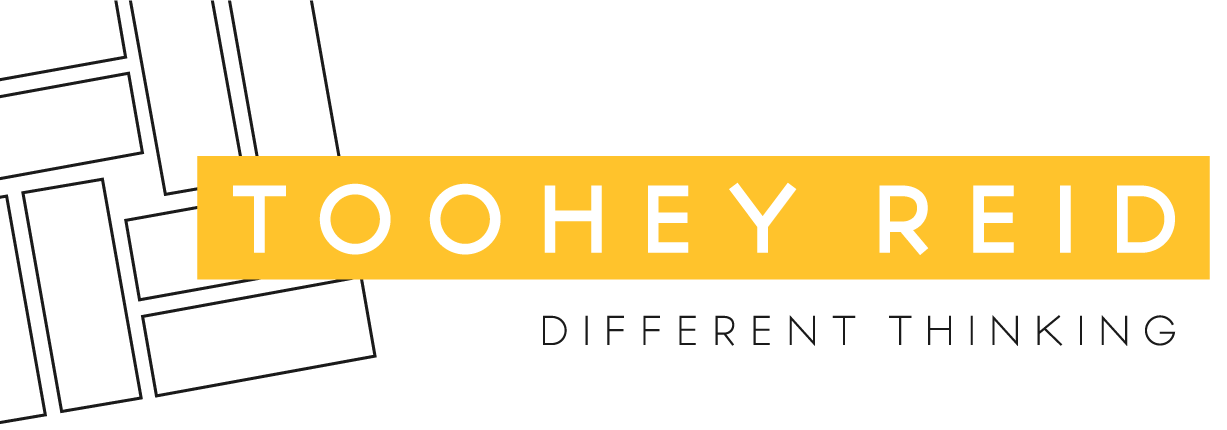Did you know that nearly 1 in 4 new employees are likely to leave their job within the first year? Research by PwC identified Australia as last amongst 11 developed countries for staff turnover within 12 months. There’s a lot of room for improvement, as the Netherlands topped the chart with just 4% turnover of new hires within 12 months.
Then there’s the staggering cost; the research also found that Australia lost approximately $3.8 billion in productivity and an additional $385 million in avoidable recruitment costs.
With all the data available, the cost of losing an employee may seem apparent – recruitment, training and other admin costs might be your primary attention. But what other additional hidden costs exist with high staff turnover?
Here are five hidden ways staff turnover drains your dollars:
Recruitment cost

Sure, you included advertising, paying a recruitment agency and conducting aptitude and medical tests. You might have also added termination payout such as pro-rata long-service leave.
But what about the hours you put into interviewing candidates, reviewing CVs and checking references? The more hours spent recruiting, the less billable hours you can work which must be taken into account when calculating the overall cost of staff turnover.
Impact on company revenue
When an employee leaves, a considerable portion of their work might be abandoned and left incomplete. This could translate into lost sales, production delays and postponed schedules – all costing the organisation revenue. Co-workers who try to fill the void until a new hire may be distracted from their performance targets.
Customer and vendor relationships
Employees not only build relationships with co-workers, but also with customers and vendors. The employee who left could have been the best at handling a difficult customer account that others didn’t touch with a ten-foot pole. Frictions might occur in otherwise smooth relationships with customers and vendors, costing the organisation revenue in the long run.
Training and induction cost

You’ll also need to induct and train the new employee. Even the most highly skilled recruits will need to get comfortable with your processes, workplace culture and branding. Time spent on new inductions can also create a distraction to other staff and contribute to decreasing efficiency morale.
The domino effect
Usually, when an employee leaves an organisation, others tend to follow. The domino effect of staff turnover is more common than most managers and decision makers realise. Most people evaluate their own career and progression when a key employee leaves – thinking, “I wonder if it’s also time for me to make a change.”
How have you handled employee turnover in business? Always remember that people are your organisation’s biggest asset and replacing an employee incurs “hidden” costs, time, energy and morale.
Toohey Reid has years of experience helping companies identify these issues by providing a framework for solving them. Contact Toohey Reid today to discuss ways to be proactive on staff turnover and mitigate additional costs.
General Advice Disclaimer
General advice warning: The advice provided is general advice only as, in preparing it we did not take into account your investment objectives, financial situation or particular needs. Before making an investment decision on the basis of this advice, you should consider how appropriate the advice is to your particular investment needs, and objectives. You should also consider the relevant Product Disclosure Statement before making any decision relating to a financial product.
Did you like this article? Email it to a friend
